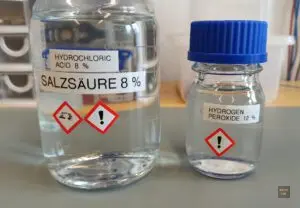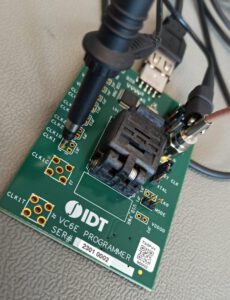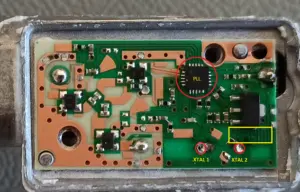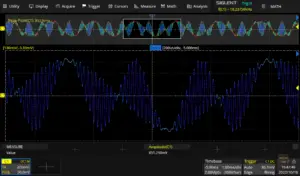Etching PCBs using hydrochloric acid and hydrogen peroxide

Choosing the right etchant for home made PCBs could be a science on its own. Some people prefer ferric chloride, some advocate for sodium persulfate and I personally prefer hydrochloric acid and hydrogen peroxide. This article shows how to use a mixture of hydrochloric acid and hydrogen peroxide in a safe and controllable manner.





